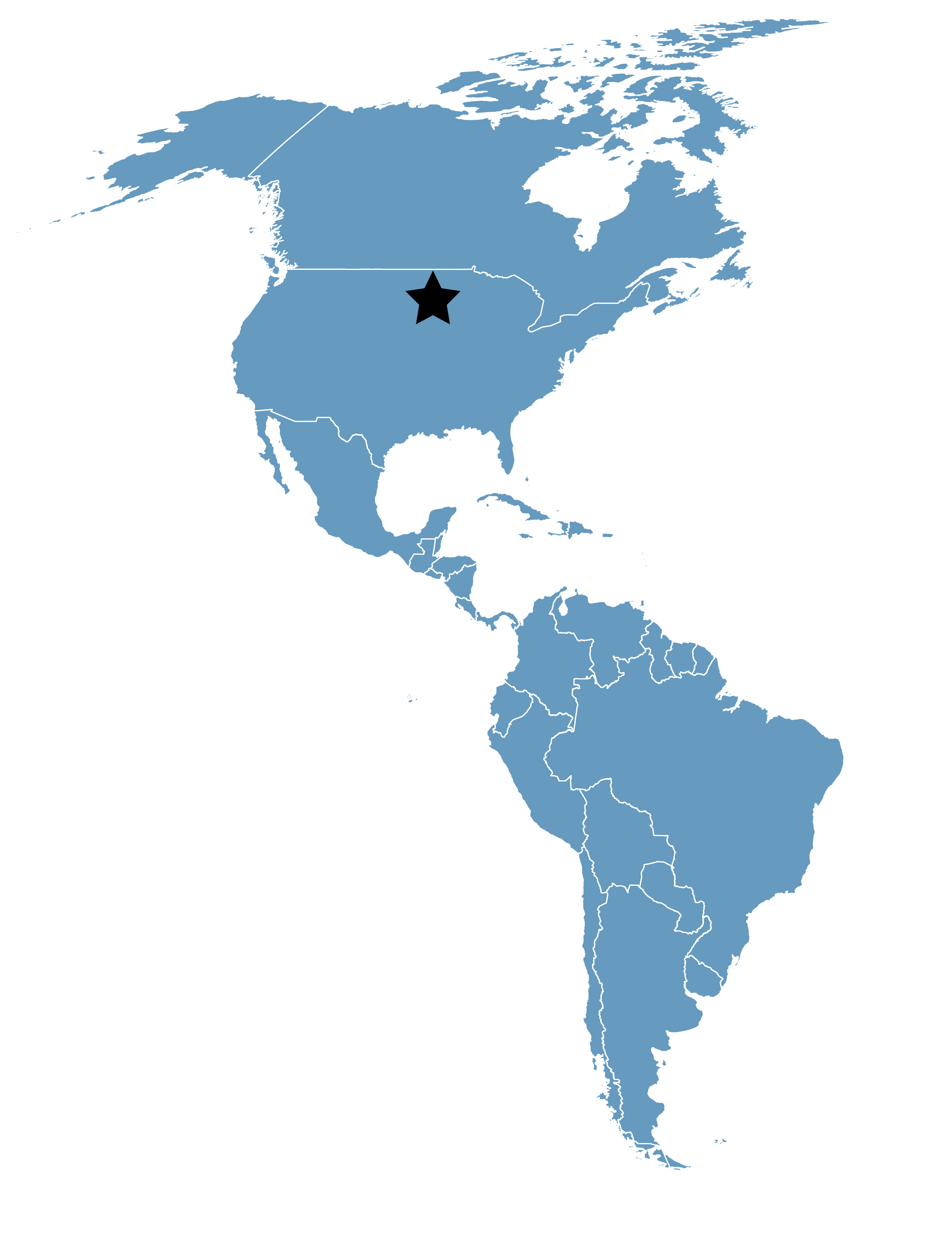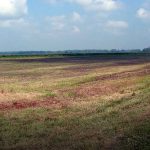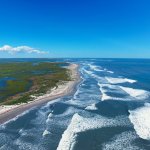Long Lake NWR
Location
North Dakota, United States
Category
Regional
Basis for Designation
More than 20,000 shorebirds annually.
Size
9,020 hectares (22,288 acres)
Date Designated
April 2002
Site Owner
U.S. Fish and Wildlife Service
Overview
Long Lake National Wildlife Refuge was established in 1932 to provide habitat for migratory birds that use the Central Flyway. In 2002, the site was designated as a WHSRN site of Regional Importance hosting more than 20,000 shorebirds annually. It is a major migration and staging area for other avian wildlife with typical peak populations of 35,000 geese, 14,000 ducks, 10,000 Sandhill Cranes, and thousands of other marsh and water birds.
Long Lake National Wildlife Refuge consists of approximately 15,000 acres of brackish to saline marsh and lake, 1,000 acres of other wetlands, and about 6,000 acres of tame and native grassland, woodland and cropland. This natural, non-tidal inland lake varies from 0.25 to 2 miles in width and is approximately 18 miles long. Periodically the lake goes dry. Similarly, during wet cycles the lake may reach overflow capacity with depths of 6 feet. Most years the lake experiences marsh-like depths of 1 to 4 feet.
Killdeer, American Avocet, Willet, Spotted Sandpiper, Upland Sandpiper, Marbled Godwit, Wilson’s Phalarope, and the endangered Piping Plover nest on the refuge. Also, Lesser Yellowlegs, Semipalmated Sandpiper, Least Sandpiper, White-rumped Sandpiper, Baird’s Sandpiper, and Long-billed Dowitcher are listed as common during migration.









